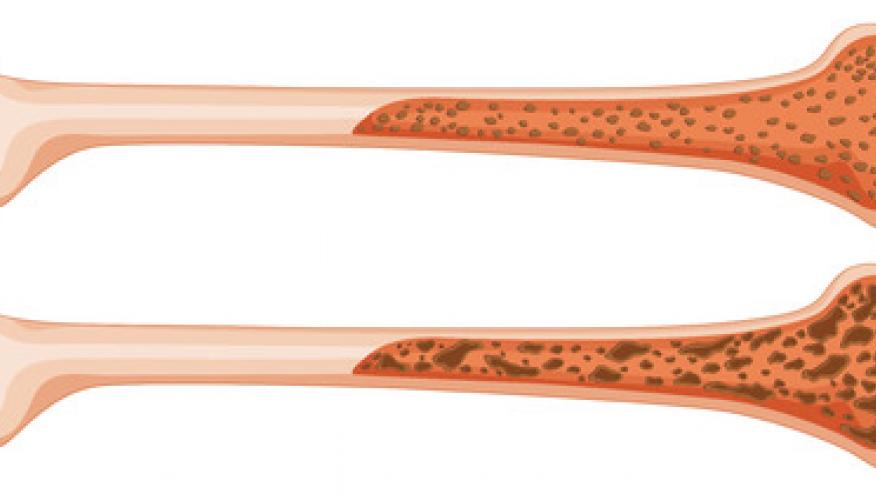EULAR/EFORT Taskforce on the Management of Fragility Fractures Save

The morbidity associated with osteoporosis-related fragility fractures imposes tremendous socioeconomic and medical impact on patients and society.
To address this the European League Against Rheumatism (EULAR) and the European Federation of National Associations of Orthopedics and Traumatology (EFORT) united their efforts in a combined task force to create evidence-based recommendation on optimal management of patients with fragility fracture and prevention of subsequent fractures.
After systematic literature review data were categorized according to quality and the consensus the of task force resulted in 10 recommendations which is briefly summarized below:
- Preop- and perioperative management: Multidisciplinary approach and adequate pain relief, appropriate fluid management and surgery within 48 hours of injury. Delay to the operation to enable optimization of acute medical problems has to be weighed up against the effects of prolonging pain and immobility.
- Orthogeriatric care: Preventable perioperative complication with high risk of mortality and morbidity such as delirium, DVT, pressure sores and malnutrition should be prevented. Comprehensive geriatric assessment and multidisciplinary comanagement recommended.
- Treatment of fracture: Balanced approach to operative versus non-operative treatment is required and should depend on the type of fracture and the individual patient
- Organization of post fracture care: Individual approach in preventing secondary fractures advised. The Fracture Liaison Service (FLS) is the most effective organizational structure for risk evaluation and treatment initiation per systematic review and meta-analysis. A nominated coordinator significantly improves the implementation of osteoporosis treatment after a fragility fracture
- Evaluation of subsequent fracture risk: Early secondary fracture risk evaluation is recommended due to high risk immediately after the fracture (3-6 months)
- Implementation of guidelines: Implementation of guidelines should adapt to local needs and restrictions and should be based on collaboration between orthopedic surgeons, rheumatologists/endocrinologists, geriatricians (in case of elderly with a hip or other major fracture) and general practitioners
- Rehabilitation: Early post fracture introduction of physical training and muscle strengthening and the long-term continuation of balance training and multidimensional fall prevention should be incorporated in a rehabilitation protocol.
- Education: Patient education is recommended as an overarching principle and is incorporated in the guidelines as part of fracture prevention protocols. n a randomized study, a more personalized approach with a phone call plus follow-up letter to patients did not significantly increase osteoporosis follow-up care compared with simply sending out a letter.
- Non-pharmacological treatment: Although data on the effects of non-pharmacological treatment on fracture incidence are limited, vitamin D supplementation (800 IU/day), with adequate calcium intake, is associated with a 15%–20% reduction in non-vertebral fractures, and also with a 20% reduction in falls.
- Pharmacological treatment: Pharmacological treatment should preferably use drugs that have been demonstrated to reduce the risk of vertebral, non-vertebral and hip fractures, and should be regularly monitored for tolerance and adherence. Bisphosphonates (alendronate and risedronate) remain first-choice agents based on good tolerability, low cost and physician comfort level. Anabolic agents shall be reserved for severe cases.






If you are a health practitioner, you may Login/Register to comment.
Due to the nature of these comment forums, only health practitioners are allowed to comment at this time.